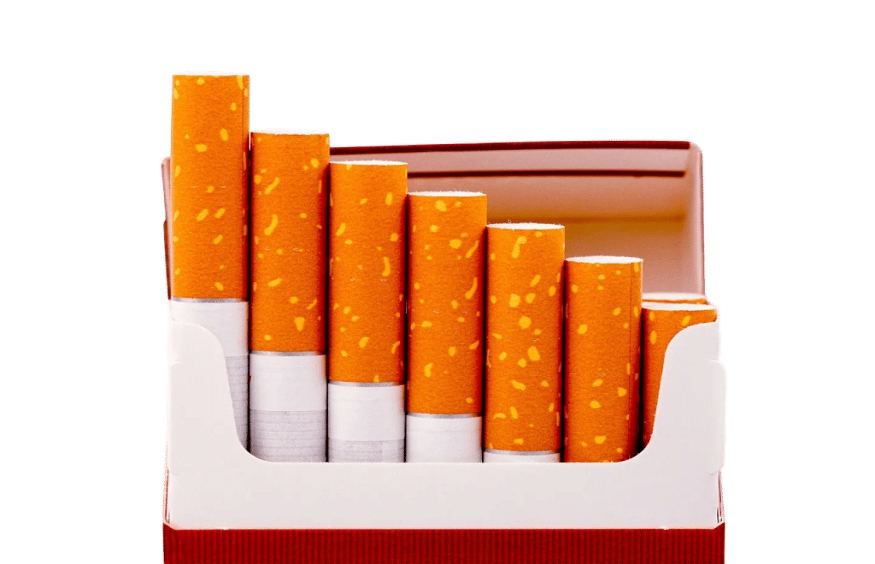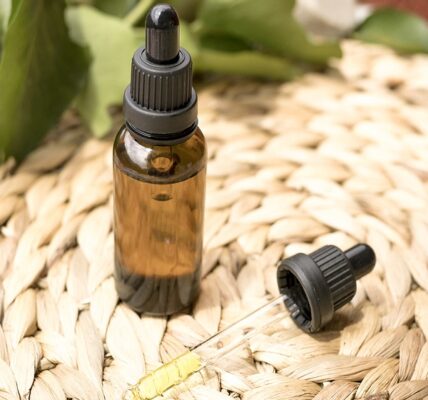If you have ever thought about switching to Native cigarettes, you may have had the question: Are they safer? It is a fair question, particularly when you compare price differences, packaging, and country of origin. Whereas there is no definite answer, knowing what the cigarettes are made of and how the Native cigarette is produced can enable you to make a more fruitful decision.
First things first: Are there safe cigarettes?
To begin with, some reality check: there is no safe Native or otherwise commercial cigarette. Tobacco productshave been proven to be harmful to health. It doesn’t matter whether it comes fromlarge-scale corporations or Indigenous manufacturers. Smoking still entails inhaling toxic chemicals, such as tar, carbon monoxide, and nicotine.
That said, the manufacturing process and contents of cigarettes differ. That is the area where Native cigarettes might not be similar to some mainstream labels.
What is in a cigarette? It depends on who makes it
Most of the mainstream tobacco companies incorporate a mixture of processed tobacco, chemical additives, flavorings and preservatives. The purpose of such additives is usually to extend shelf life, regulate burn rate or provide a uniform flavor. Others can be harmless, others are red flags such as the ammonia compounds which enhance the absorption of nicotine.
Native cigarettes, in turn, are advertised as containing fewer additives. Some are produced with natural, untreated tobacco with no extra chemicals or flavoring. Other producers will eschew reconstituted tobacco (a recycled form of tobacco pulp that the larger brands use), instead using loose-leaf tobacco.
It might be a big plus, especially if you are the kind of person who likes more natural products. However, do not forget: natural is not safe when talking about the smoke. Tobacco, on its part, has carcinogens.
Some differences in manufacturing you may not be aware of
Large-scale commercial brands are facilities where manufacturing is highly controlled. The standards of manufacturing must be met in accordance with federal health and safety requirements. These regulations include the disclosure of ingredients and the warning on the packages.
Indigenous cigarette manufacturers, and particularly those producing on sovereign Indigenous land, may not attract the same governmental scrutiny. It does not imply inferior quality per se, as some of the Indigenous-run operations are quite proud of their trade. However, this a lack of uniformity may result in differences in strength, in flavour and otherwise.
When purchasing native smokes online, it is always a wise idea to investigate where and how it is produced. Certain societies have their own factories and have their own internal rules. Others may be less transparent, notably with unregulated sellers on the internet.
So… Are they safer? It’s Complicated
Still, not a single cigarette can be considered safe.However, certain Native cigarettes do not add chemical additives like the mainstream ones. That may make them seem cleaner or less severe. But this does not imply that they are risk-free. When you smoke, you continue to breathe tobacco smoke. It can damage your lungs, heart, and health in general.
Whether you smoke out of experience or your culture, know what you are ingesting. However, do not get trapped into thinking “natural” means harmless. The best health option is always to cut down or stop completely.





